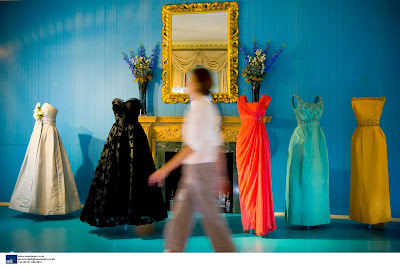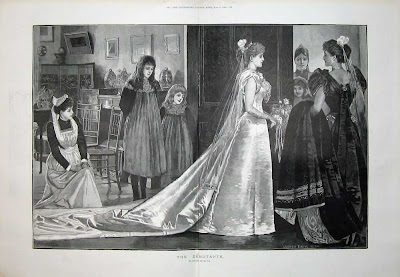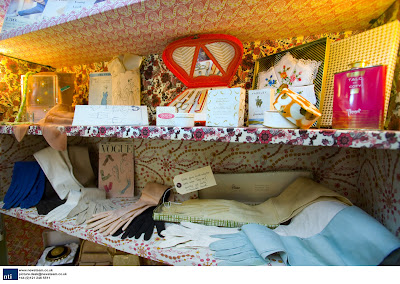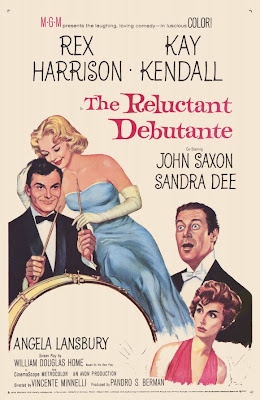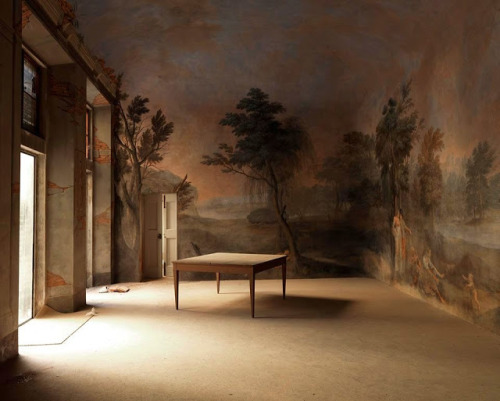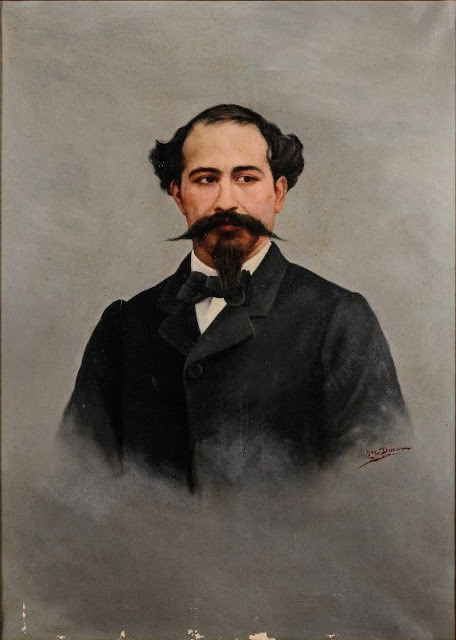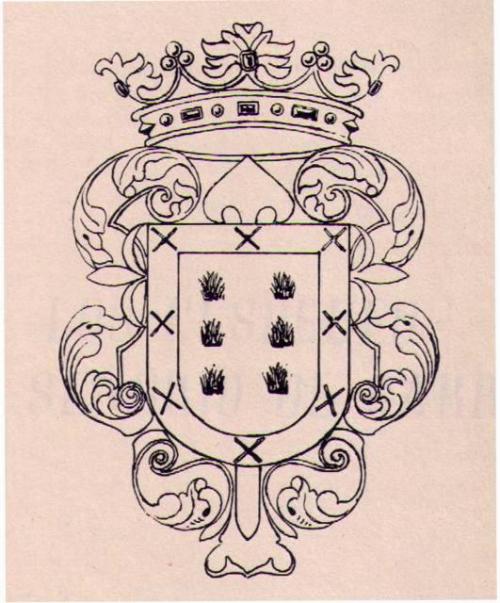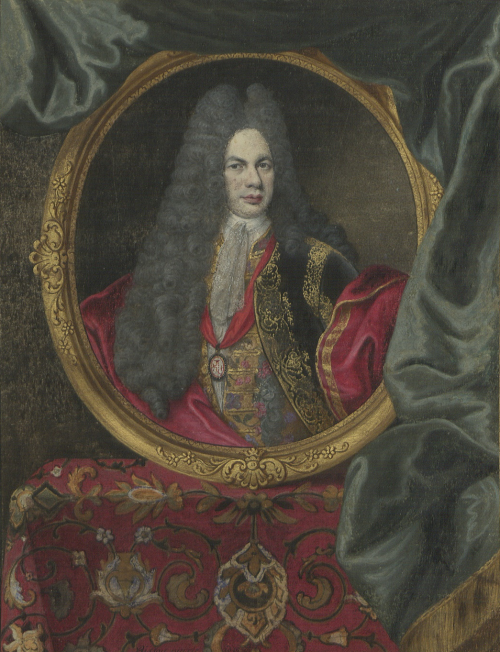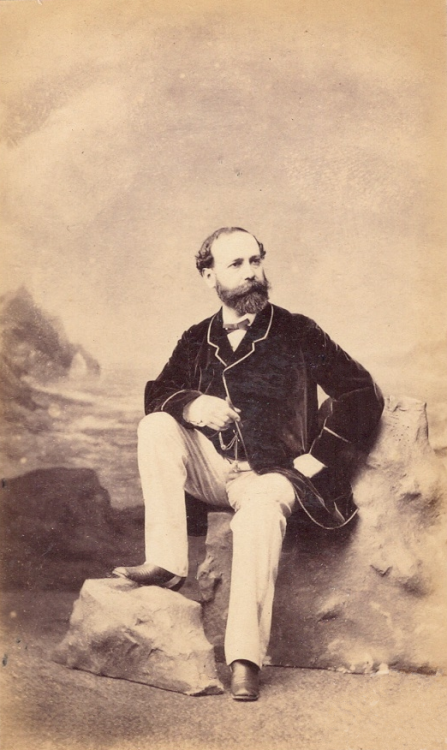#aristocracy

Baroness Helene Baltazzi, she was the mother of Marie Vetsera.
TV Review: Seven Swordsmen
TV Review: Seven Swordsmen
TV Review: Seven Swordsmen aka “Seven Swords Descend from Mount Heaven”
In 17th Century China, the Qing Dynasty now rules where once the Ming Dynasty did. Many Han resent their new Manchu overlords and pockets of rebellion are everywhere. To help quell the resistance, the Qing have banned the practice of martial arts by ordinary citizens. The Red Spear Society strongly objects to this…

Не страшен гопник и маньяк,
Когда ты с кофе пьёшь коньяк!
In 1958 for three days in March 1,400 young debutantes curtsied to Queen at Buckingham Palace for the last time. Until then every season upper class girls in their late teens had been launched into society with a formal introduction to the monarch, a ‘debut’ at a high-profile ball, and six months of parties, balls, concerts and sporting events.
Accessories belonging to the last Debs
Queen Victoria’s afternoon presentations hadcreated carriage traffic jams along Pall Mall. Outside the presentation chamber a lord-in-waiting would carefully lay out the young ladies’ three metre trains with a wand. The Deb’s name would be announced as she entered, performed a carefully practised curtsey and kissed the royal hand before shuffling backwards, curtseying all the way to the doorway.
Even in the twentieth century, any girl who wished to be presented had to apply for permission. She also needed a good character and sponsorship from an ex-debutante. If her request was granted, then she would receive a Royal summons, which had to be obeyed unless illness or death intervened.
Before arriving, the Deb had to negotiate a sartorial minefield. The Lord Chamberlain’s Office set a draconian dress code, which Lady Colin Campbell described in Manners and Rules of Good Society (1911). Edwardian Debs were restricted to a white dress with a “low bodice, short sleeves and train” and a sprinkling of tasteful “coloured or white flowers.“
Alice Miles who made her debut in the 1860s, kept a tongue-in-cheek diary of her experience on the marriage market, enduring balls full of “young men just come out or old beaux who goes to three parties every night.” She muses over the handsome Mr West, who was worth £500-1000 a year, “but unfortunately there’s madness in the family, which is rather a drawback.”
Twentieth century Debs and their mothers exchanged coded information about the young men who attended the balls, for example:
FU = Financially Unsound
MTF = Must Touch Flesh
NSIT = Not Safe In Taxis
VVSITPQ = Very Very Safe In Taxis Probably Queer.
During the First and Second World Wars, the tradition ground to a halt as it became increasingly irrelevant. In 1956 a mocking play, The Reluctant Debutante (later made into a film starring Sandra Dee) a vulgar American mother tries to trap her daughter a Duke by disguising her as a Deb, just as English mamas had done for centuries…
All colour photographs are by Richard Lea-Hair, from the Kensington Place exhibition, 'The Last Debutantes’.
Blog post from http://writingwomenshistory.blogspot.com/
The problem of a new anti-intellectualist, ascetic and heroic aristocracy, almost feudal or barbaric in its hardness and in its refusal to attenuate its forms – an aristocracy which is not improvised, but which legitimates itself with a tradition and with a ‘race’ – is fundamental. By it alone can bourgeois civilization be overcome, not with newspaper articles, but with deeds; by it alone can we arrive at a qualitative articulation of the State beyond totalitarianism….this problem is every bit as fundamental as it is arduous to resolve. To what extent can we seek a reawakening and a reintegration of those qualities which have become latent or degenerate in the surviving nobility? To what extent will it be necessary instead to ‘begin anew’, to force ourselves to create the germs of a new nobility – one not defined by individual merits or abilities of the secular and bourgeois sort, but by a superior formation of life, which his to be jealously transmitted to a future posterity?
Julius Evola from The Meaning of Aristocracy for the Anti-Bourgeois Front.
[image: Orson Welles as Macbeth 1948]
Post link
THE MOTHER
Cayetana Fitz-James-Stuart y Silva, Duchess of Alba; and Eugenia Martínez de Irujo y Fitz-James-Stuart, later Duchess of Montoro
Post link
THE MARQUESS
Fernando de Nava-Grimón y del Hoyo, Marquess of Villanueva del Prado (1833-1901)
Post link
Baroque Aristocracy, character design challenge for July 2018 #cdchallenge #baroque #aristocracy #baroquearistocracy #girl #blonde #soldier #fashion
Post link
Portrait of Luís Augusto Ferreira de Almeida, 1st Count of Carvalhido (1817–1900) — Pierre Jean Edmond Castan, 1873 (National Museum of Ancient Art)
Post link
Illuminated portrait of diplomat D. Luís da Cunha (1662–1749) — Unknown artist, 1715 (National Library of Portugal)
Post link
Portrait of Manuel José Leite Ribeiro e Silva, 1st Baron of Urgeira (1817–1883) — Unknown artist, 19th century (private collection)
Post link
Portrait photograph of Jacinto Fernandes Gil, 1st Viscount of Porto Formoso (1823–1892) — Alexandre Ken, 19th century (Instituto Cultural de Ponta Delgada)
Post link
Portrait of Augusto Carlos de Saldanha Oliveira e Daun, 1st Count of Almoster (1821–1845) — Unidentified artist, 19th century (private collection)
Post link
Portrait of Alexandre de Sousa Holstein, Count of Sanfrè (1751–1803) — Unidentified artist, 18th century (private collection)
Post link
Portrait of João José Xavier de Sá Machado, 1st Count of Carvalhal (1778–1837) — Domenico Pellegrini, 1800 (National Museum of Ancient Art)
Post link
Portrait of Eugénia Nunes Viseu, 1st Viscountess of São Caetano (1847–1888) — José de Almeida e Silva, 1911 (Santa Casa da Misericórdia de Viseu)
Post link


